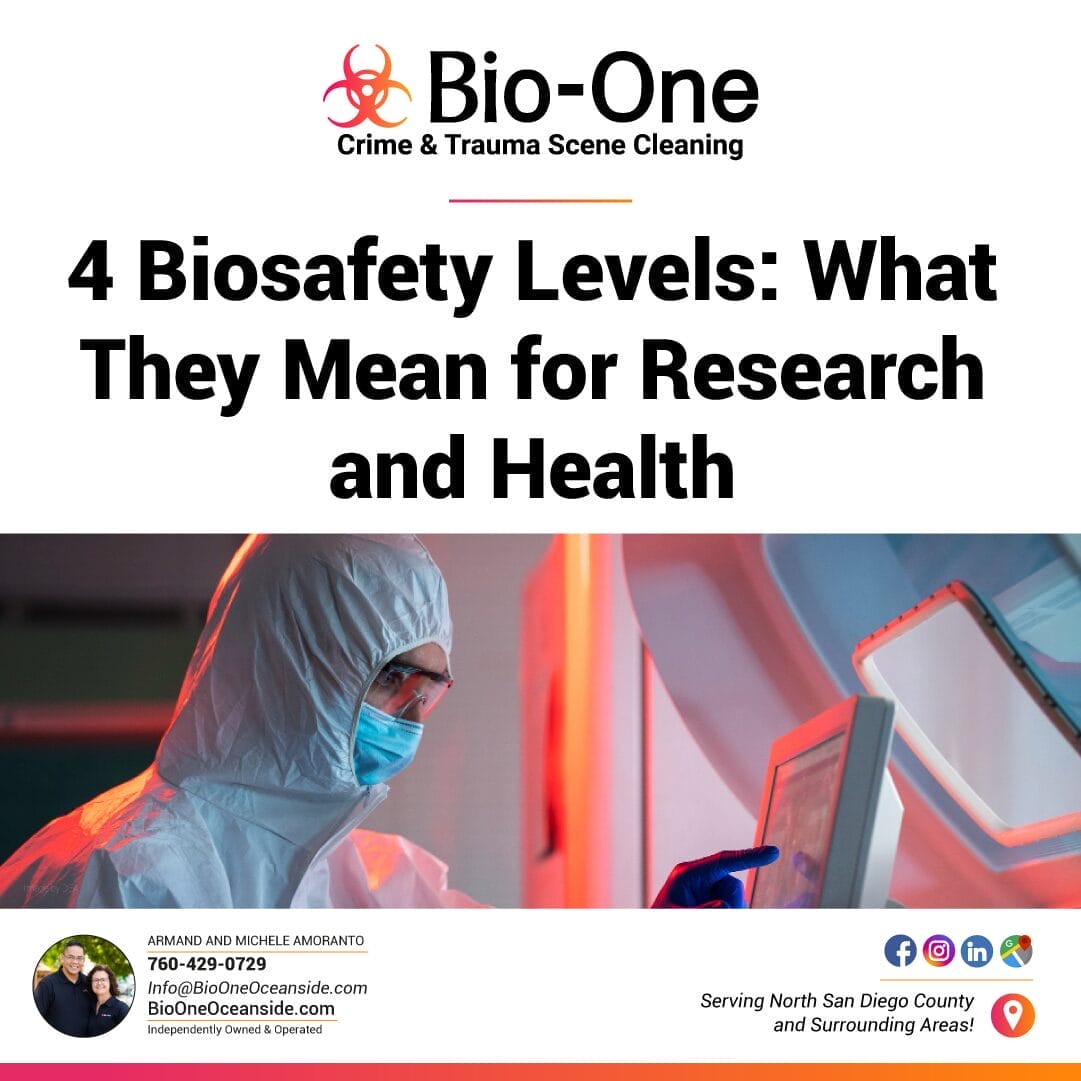
Imagine a scenario where a novel pathogen reaches a laboratory setting or a worst-case where a hazardous biological agent is intentionally released. What follows is the crucial dance between containing and mitigating the threat and preventing a widespread health crisis. This is the arena in which the 4 Biosafety Levels (BSLs) perform their critical role.
The biosafety levels are a strategic approach to safeguard public health, protect researchers, and maintain the integrity of scientific research. In this in-depth blog post, we'll walk you through the four levels of biosafety, outlining the specific requirements, and contextualizing their significant impact. Please keep in mind we are a biohazard cleanup company and are not liable for any decision-making based on this information.
The 4 Biosafety Levels are a hierarchical series of safety measures that provide a standardized way to manage the risk of working with biological agents. Ranging from BSL-1 to BSL-4, each level represents an increase in the complexity and rigor of practices, physical containment, and the safety equipment required to deal with potentially lethal pathogens. Labs around the world, regardless of their geographic location or specialization, consistently adopt these guidelines to ensure the application of best practices globally.

Adhering to biosafety levels is vital for laboratories, healthcare facilities, and even animal research centers as they handle the full spectrum of biohazards, from microorganisms that pose minimal threat to human health to those that can induce life-threatening diseases and against which no vaccine or therapy is available.
At the foundation of the biosafety pyramid is BSL-1, catering to agents not known to cause disease in healthy adults, although they can have impacts on immunocompromised individuals. For instance, some strains of E. coli or Bacillus subtilis fall under this category, where standard hygiene and laboratory practices are sufficient control measures. Laboratories operating under BSL-1 house open and ventilated workspaces with sink and eyewash stations, encouraging post-work decontamination routine.
Educational settings frequently utilize research environments that only require Biosafety Level 1 (BSL-1) measures, introducing students to microbiological techniques. However, even at this fundamental level, maintaining diligence is crucial. Lapses in safety practices due to complacency can significantly compromise biohazard containment.
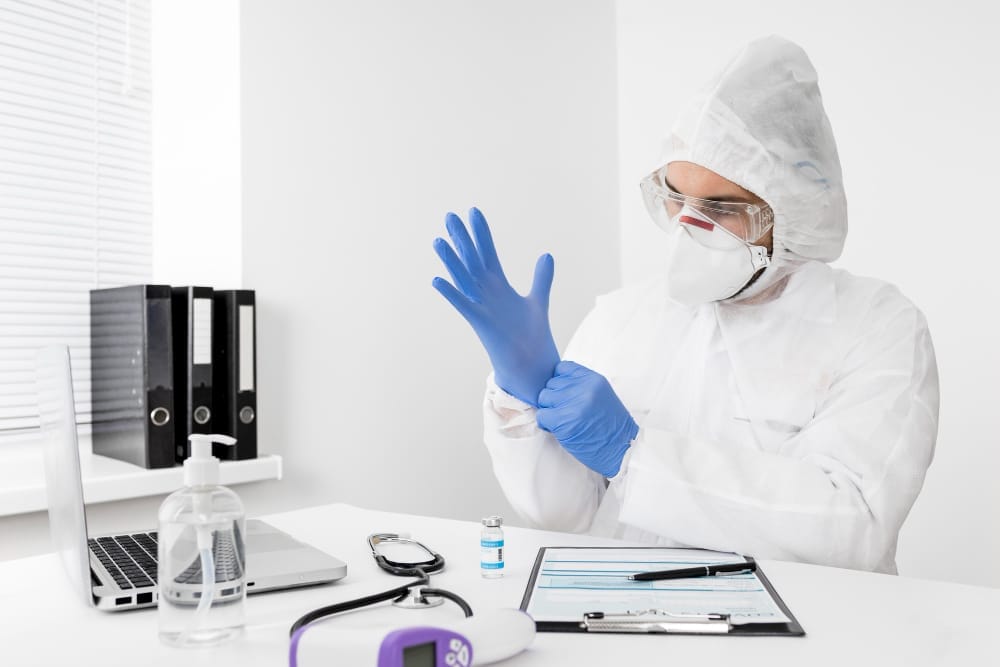
Moving up, BSL-2 encompasses agents of moderate potential hazard to personnel and the environment. This includes more dangerous pathogens like Methicillin-resistant Staphylococcus aureus (MRSA) or hepatitis A, B, and C viruses which can cause varying degrees of illness in humans. Laboratories working within BSL-2 guidelines implement more stringent controls, including significant access controls and approved waste decontamination systems.
Personnel working in BSL-2 facilities receive special training and work within a controlled environment, often in biosafety cabinets where the pathogen and the researcher's respiratory safety are addressed. Additional personal protective equipment (PPE) is used, such as lab coats, gloves, eye protection, and face masks, to protect the worker against potential exposure through droplets or aerosols.
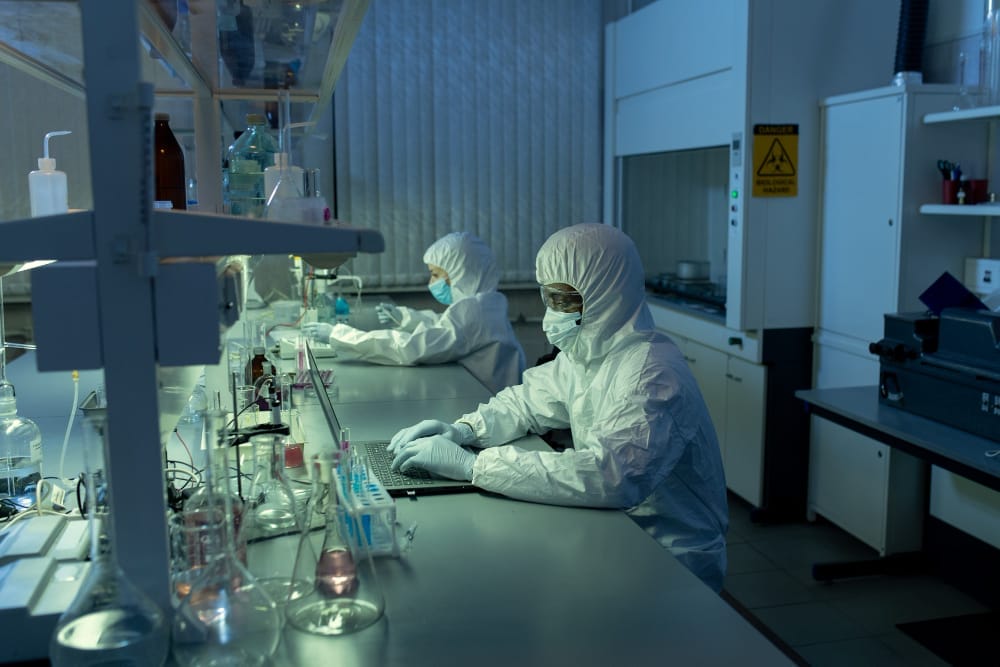
BSL-3 focuses on the containment of biohazards that are potentially lethal through inhalation, requiring labs to have primary and secondary barriers to prevent the escape of airborne organisms. Transmission of Mycobacterium tuberculosis occurs not only through inhalation but also through contact with broken skin and mucous membranes.
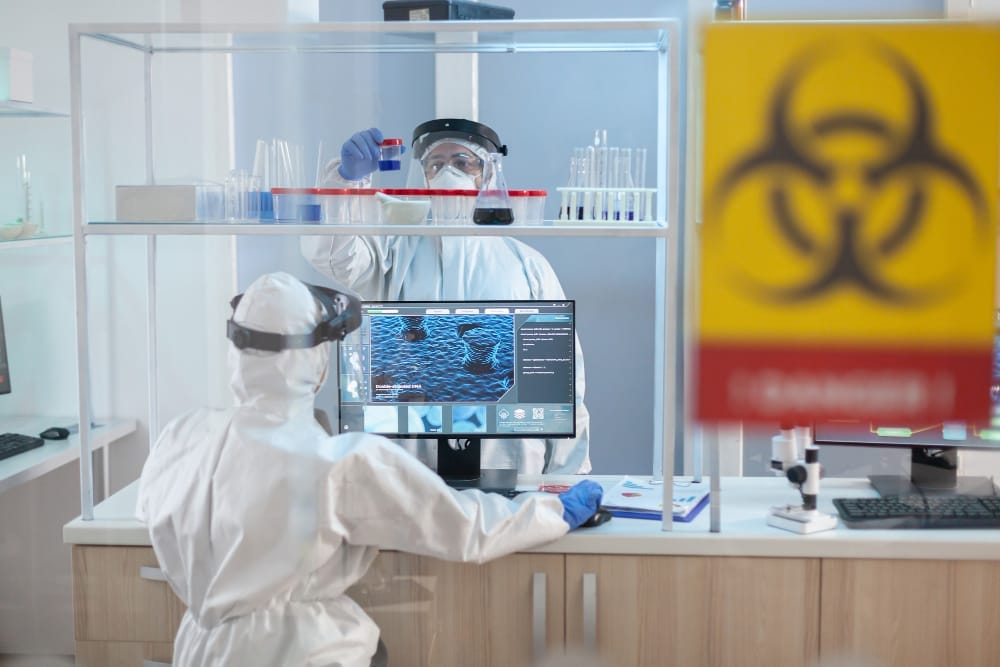
Specialized engineering features, including directional airflow and restricted personnel movement, outfit facilities at this level. Beyond this, BSL-3 facilities require thorough decontamination procedures for both equipment and laboratory surfaces, which often include the use of autoclaves for sterilization and certification of the air handling systems by a qualified industrial hygienist.
At the peak of the 4 biosafety levels hierarchy is BSL-4, intended for agents that pose an extreme risk of life-threatening disease, which are aerosol-transmissible and for which there is no available vaccine or therapy. Think of the deadly Ebola and Marburg viruses, which require complex procedures and a physically isolated environment to prevent any potential release.
Laboratories at this level are usually governed by national and international directives, with the majority functioning as high-containment facilities, housing pathogens in either a separate building or a secure zone with restricted access. Personnel working in BSL-4 labs undergo rigorous and comprehensive training on personal protection and safe operating procedures, with every action meticulously planned to mitigate the risk of exposure.
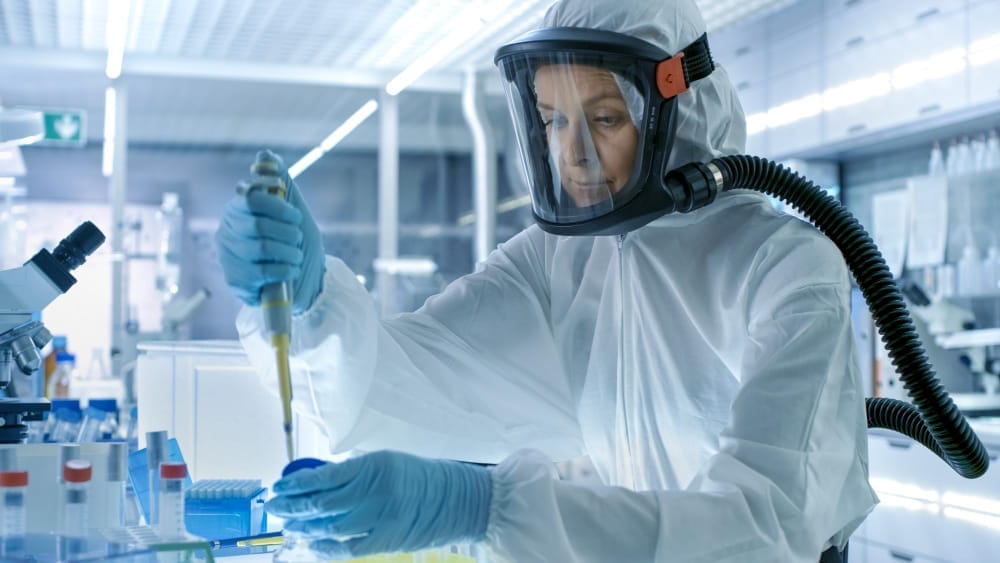
While the physical containment and engineering controls of the 4 biosafety levels are crucial, they are not the final word in hazard management. The integrity of the biosafety pyramid rests on the behaviors and practices of laboratory professionals and personnel. Regular training, knowledge updates, and a culture of safety are fundamental to effectively implement biosafety protocols.
In the event of a containment breach or human error, the details of these protocols can actively determine whether an incident remains localized or becomes a widespread outbreak. Consequently, investment in employee education, easy access to safety materials, and an environment that prioritizes open communication about potential risks should be at the forefront of any biosafety program.
If a biohazard release occurs, immediately contact Bio-One for rapid and thorough containment and cleanup. We specialize in biohazard and infectious waste cleanup! We not only understand the seriousness of the event but also have the expertise and equipment to handle the unique challenges that biohazards present.
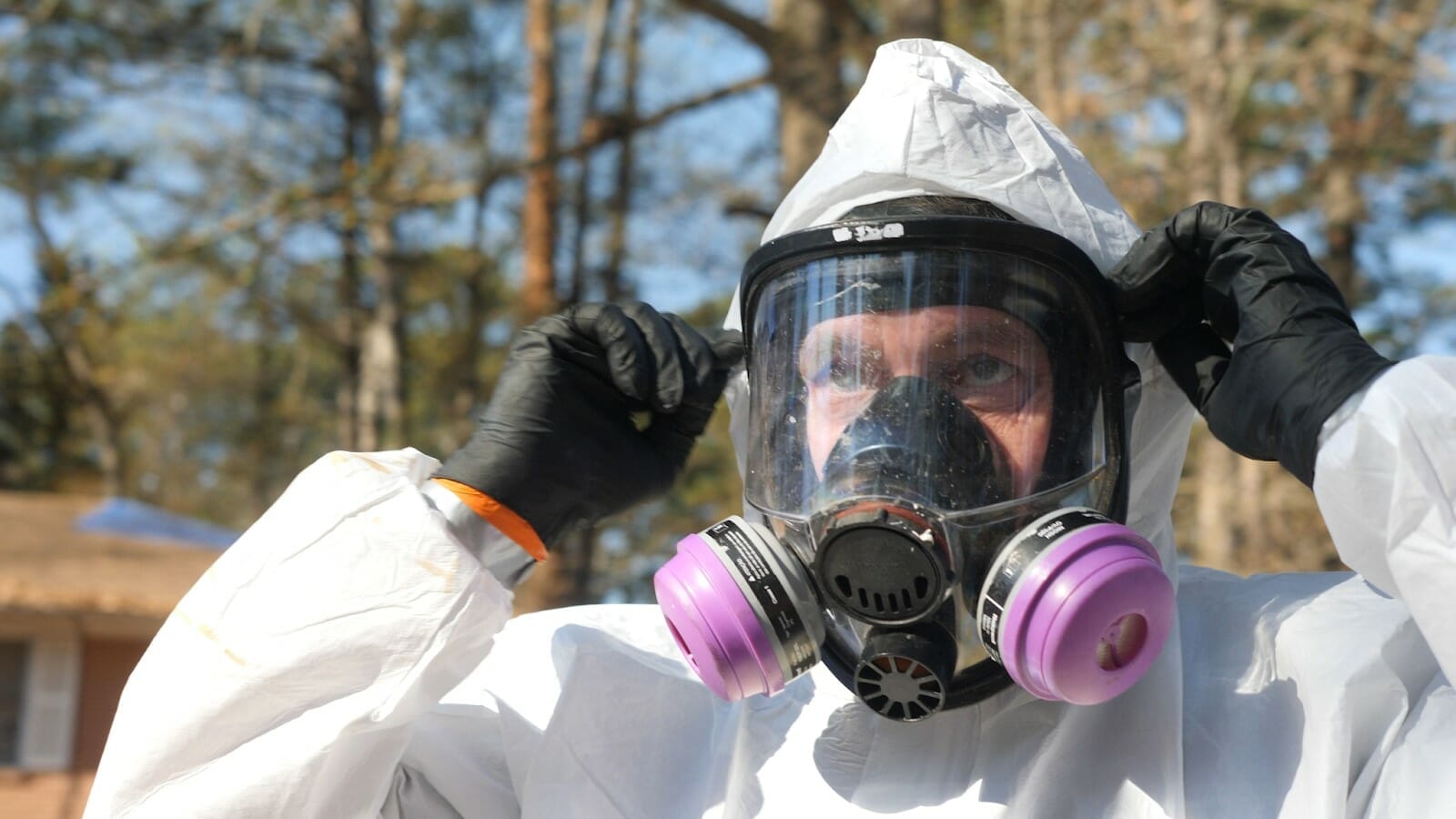
Whether you're an individual, a corporation, or a government entity, know that you're not alone. Contact us today for a free consultation.
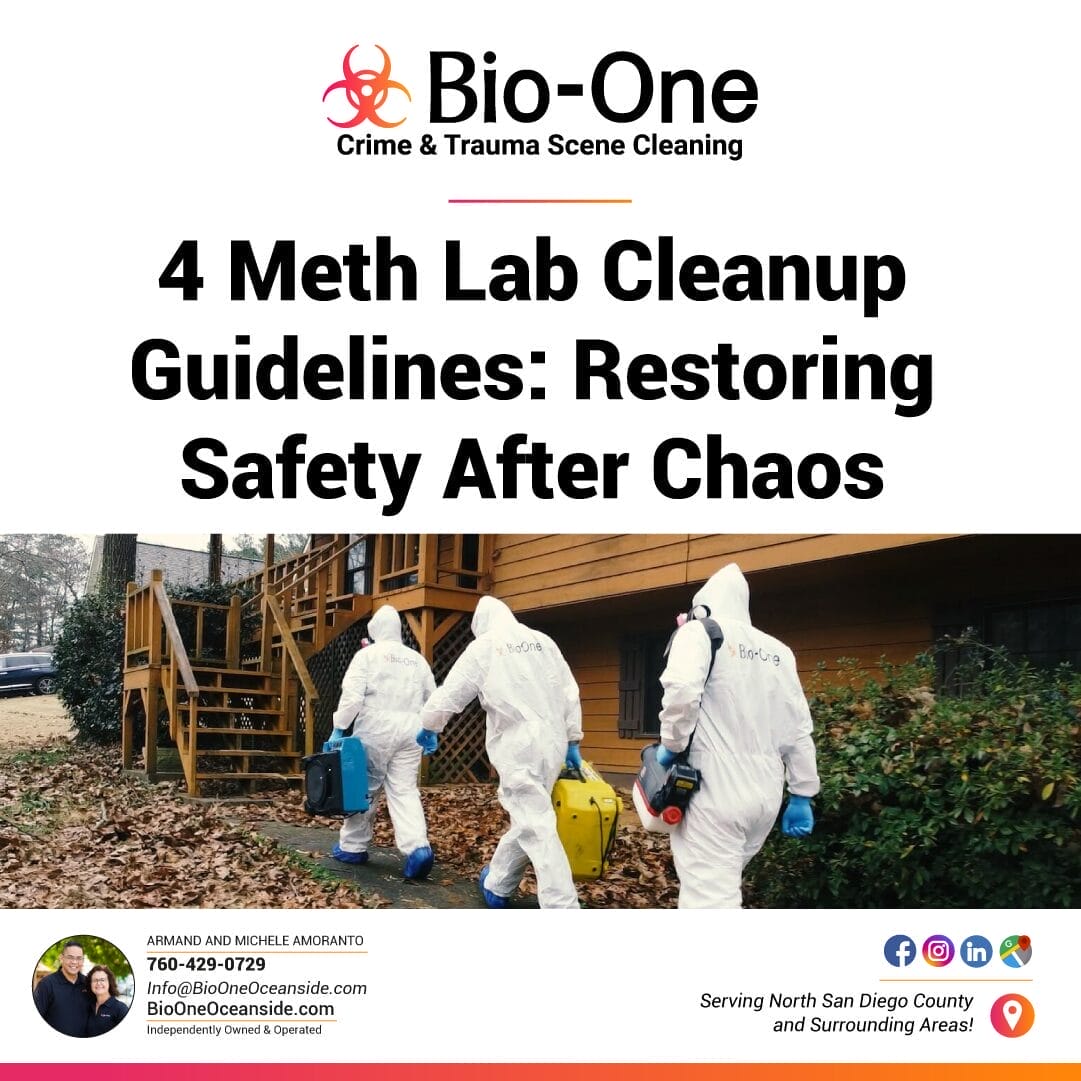
Methamphetamine production poses a serious threat to public health, and the remnants left behind in a clandestine meth lab can continue to endanger individuals long after production ceases. For hazmat professionals, environmental safety inspectors, realtors, property managers, and homeowners wondering how to clean a meth lab, we'll explore the best practices for ensuring a thorough and effective cleanup, from the initial assessment to achieving a certified clean status.
Disclaimer: It's critical to understand that the cleanup and restoration of properties used as meth labs require the expertise of a professional biohazard cleanup company. These companies possess the necessary certifications, proper insurance, and technicians specifically trained in OSHA's safety standards for handling hazardous materials. Due to the severe health risks and legal implications associated with meth lab contamination, individuals should not attempt to clean these environments on their own
A meth lab is not just a manufacturing site; it's a source of long-term health hazards. The volatile and toxic chemicals used in meth production can saturate walls, furniture, and ventilation systems, contaminating every corner of the property. Post-lab, these contaminants pose significant health risks, particularly when exposed to heat and moisture, which can reactivate residues and release toxic vapors into the air.
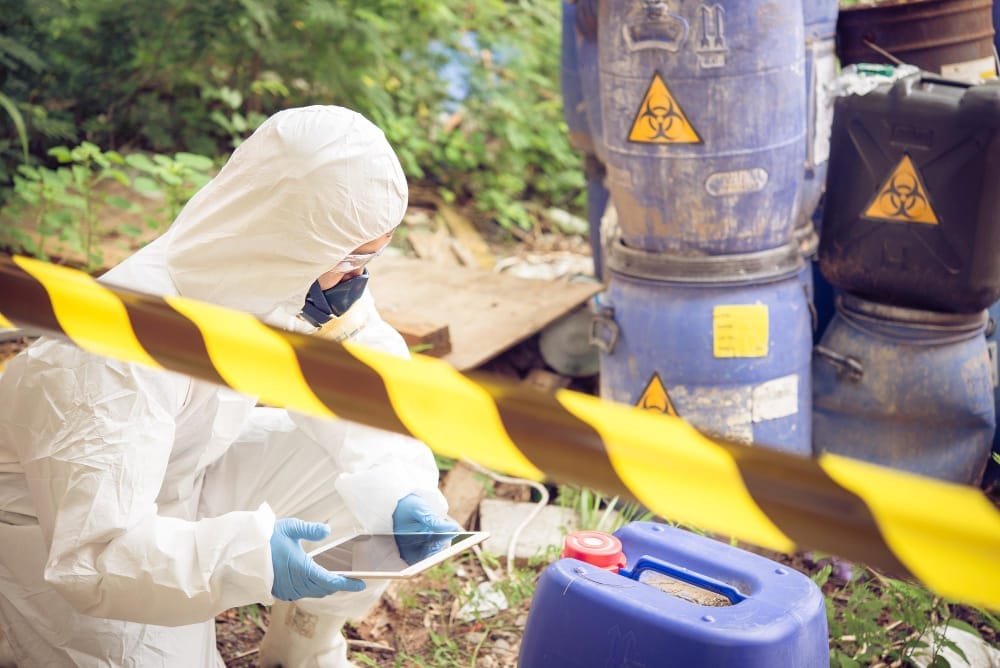
Professional meth lab cleanup is non-negotiable; it's a critical step in ensuring the property is safe for habitation. Not only that, but it's also a legal requirement in most jurisdictions.
The initial assessment sets the stage for the entire cleanup operation.
Hazmat professionals must conduct a thorough inspection to identify all potential meth lab components and areas where contamination is evident or likely. This includes examining all spaces known and unknown to the property owner, as well as discovering any hidden cavities or structural damage that may have been used for drug manufacturing and that could be contaminated.
Once contaminated areas are identified, it's essential to assess the degree of contamination. Factors such as the quantity and type of chemicals used, the condition of the former lab, and the properties of the surfaces that have been exposed to the methamphetamine production process will influence the level of contamination.
Hazmat teams use a variety of techniques, from visual inspections to advanced testing, to determine the scope of the problem. This assessment not only guides the extent of the cleanup but also helps in devising appropriate safety protocols for cleanup crews.
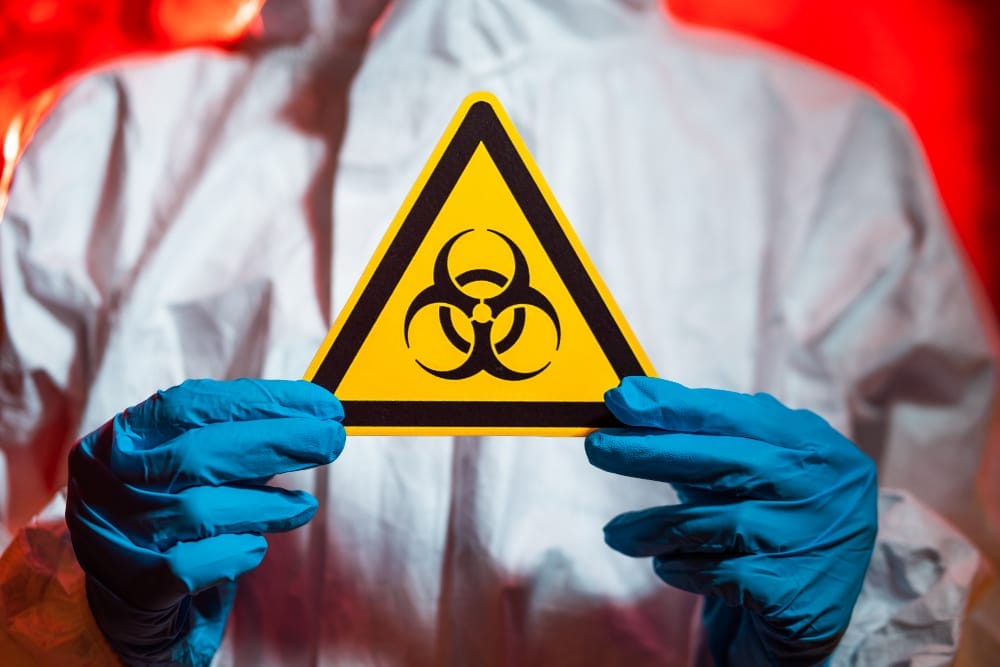
With the assessment complete, cleanup procedures can be implemented.
The first step in meth lab cleanup is the removal of all hazardous materials. This includes not only the obvious remnants of the manufacturing process, such as chemical precursors, solvents, and waste but also any contaminated items such as cookware, appliances, and furniture.
The next critical step is thorough decontamination. This is not a simple cleaning job; it requires specialized knowledge and equipment. All surfaces must be cleaned using appropriate decontamination solutions and techniques that can break down, neutralize, or remove residual chemicals.
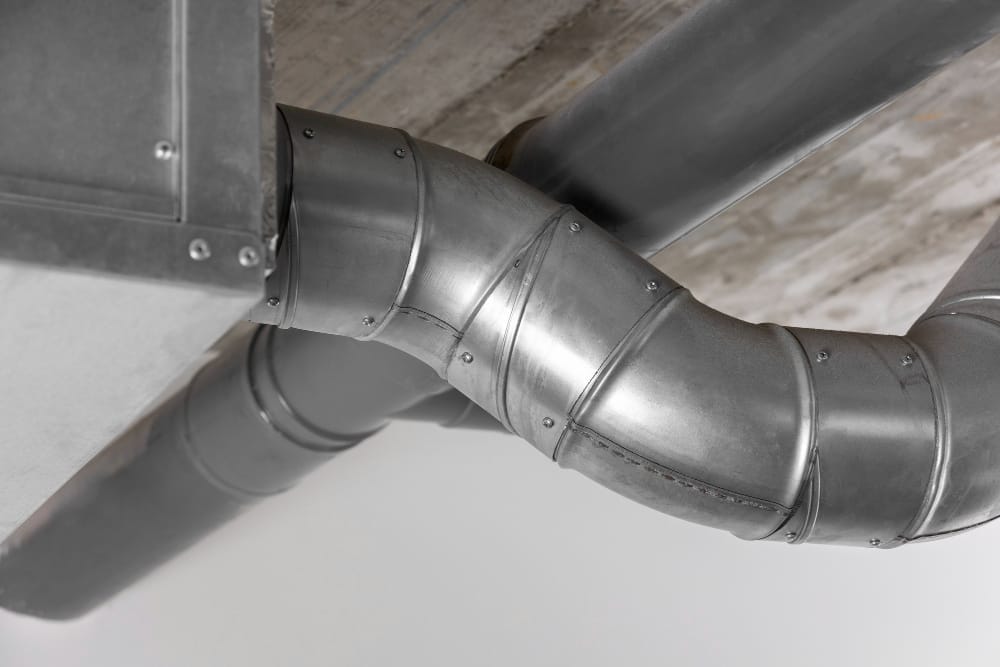
Technicians typically dismantle, clean, and decontaminate them, followed by conducting remediation to ensure the airflow is safe and uncontaminated.
Technicians take surface samples from various areas to measure the level of residual contamination. These samples, generally analyzed using high-performance liquid chromatography or gas chromatography-mass spectrometry, provide quantitative data on the presence of methamphetamine and precursor chemicals.
In addition to testing for methamphetamine residue, Bio-One takes the cleanup process a step further by also testing for traces of other drug residues, including fentanyl. Given fentanyl's potency and the heightened risks associated with exposure, this level of thoroughness ensures an even safer environment post-cleanup. Handling fentanyl contamination requires precise, expert protocols to protect both the clean-up technicians and the occupants returning to the premises.
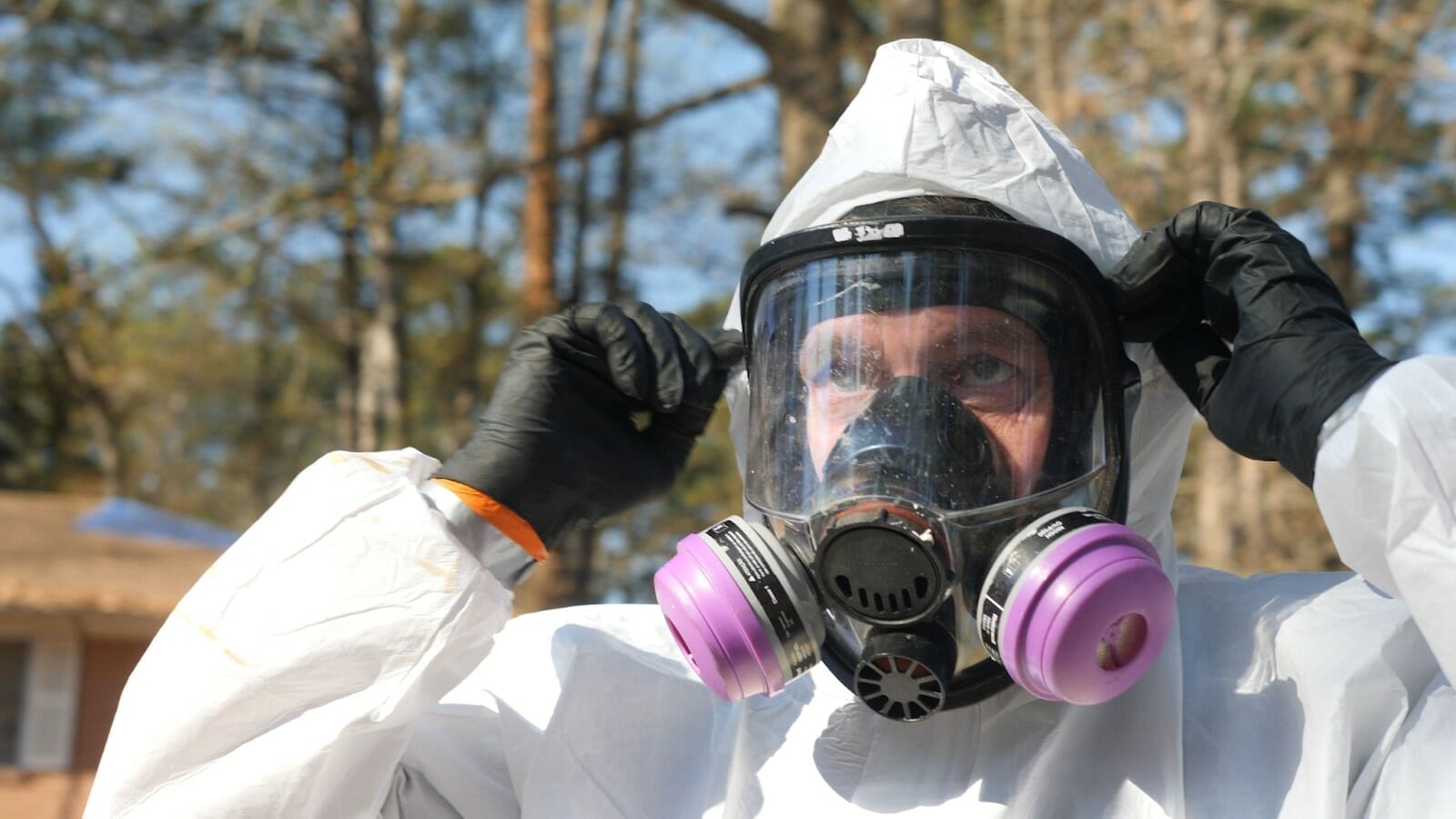
After cleaning the property and taking samples, technicians must perform structured testing to confirm the success of decontamination. This independent verification is crucial; it provides confidence that the property is safe for habitation and legally compliant.
The final step is to document the entire cleanup process and obtain certification attesting to the property's safety.
Maintain a detailed record of the cleanup process, which includes assessing the site, undertaking procedures, and documenting test results. This documentation not only provides evidence of the diligent cleanup effort but may also be necessary for future property owners.
Upon successful completion of the cleanup and verification steps, the property should be issued a certificate of safety. Philanthropically, ensuring the environment's safety also involves guiding residents or future owners on recognizing signs of illegal drug activity.
Disclaimer: The guidelines provided above serve as an example of the typical process how to clean a meth lab. They should not be interpreted as the standard practices of Bio-One of Oceanside. For specific protocols, services, and practices, please consult directly with Bio-One of Oceanside.
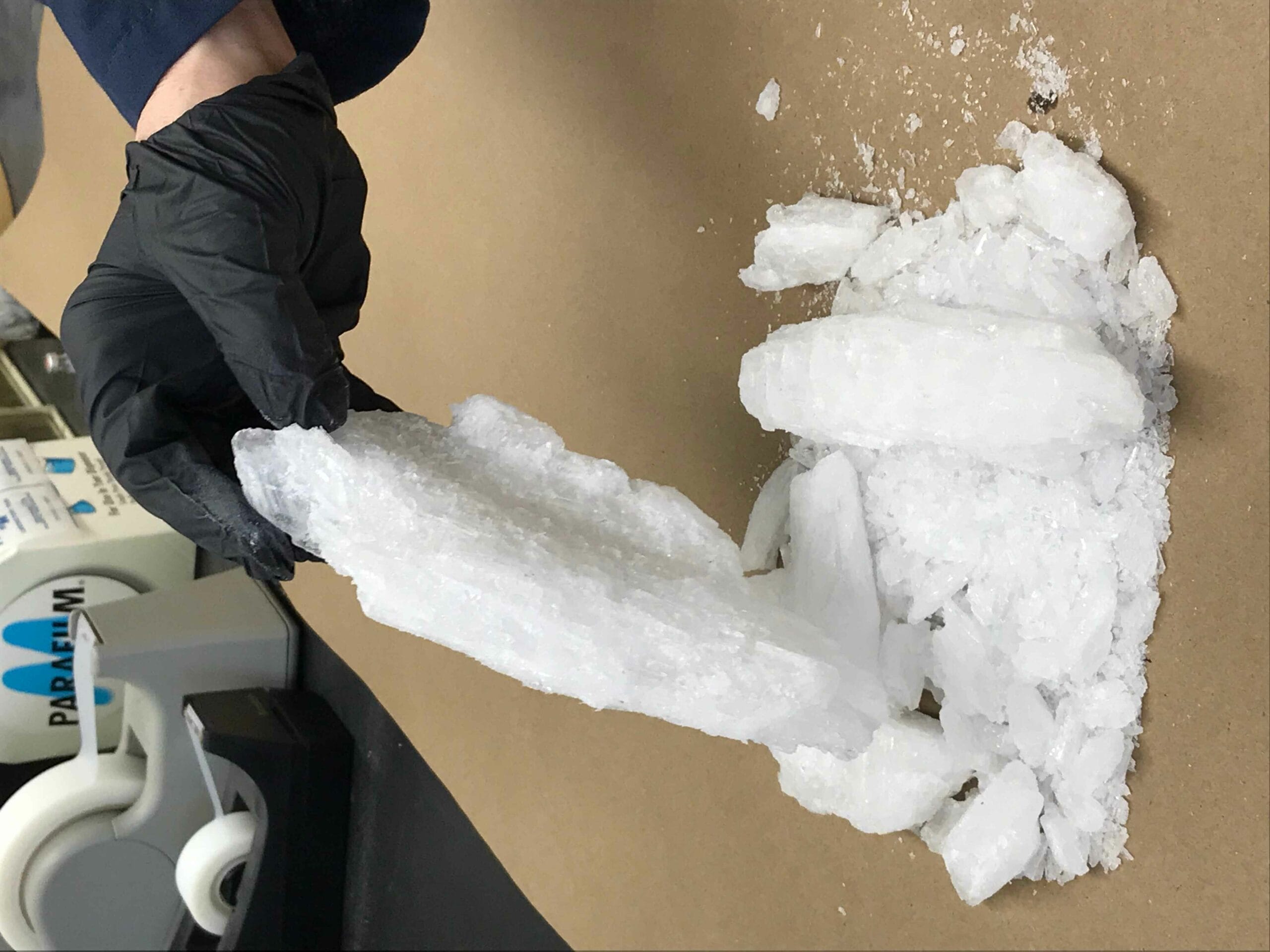
Meth lab cleanup is a complex and highly regulated process that demands expertise, patience, and thoroughness. The guidelines outlined here are an example of the work done by professionals to safeguard you from long-term exposure to harmful chemicals. However, it is essential to select a reputable and experienced cleanup company for this task.
Bio-One of Oceanside has specialized in crime scene and meth lab cleaning services for several years, serving commercial and residential clients across North San Diego County and Southern California. If you suspect that your property may have been used as a meth lab or if you feel unsure how to clean a meth lab, do not hesitate to contact Bio-One of Oceanside!
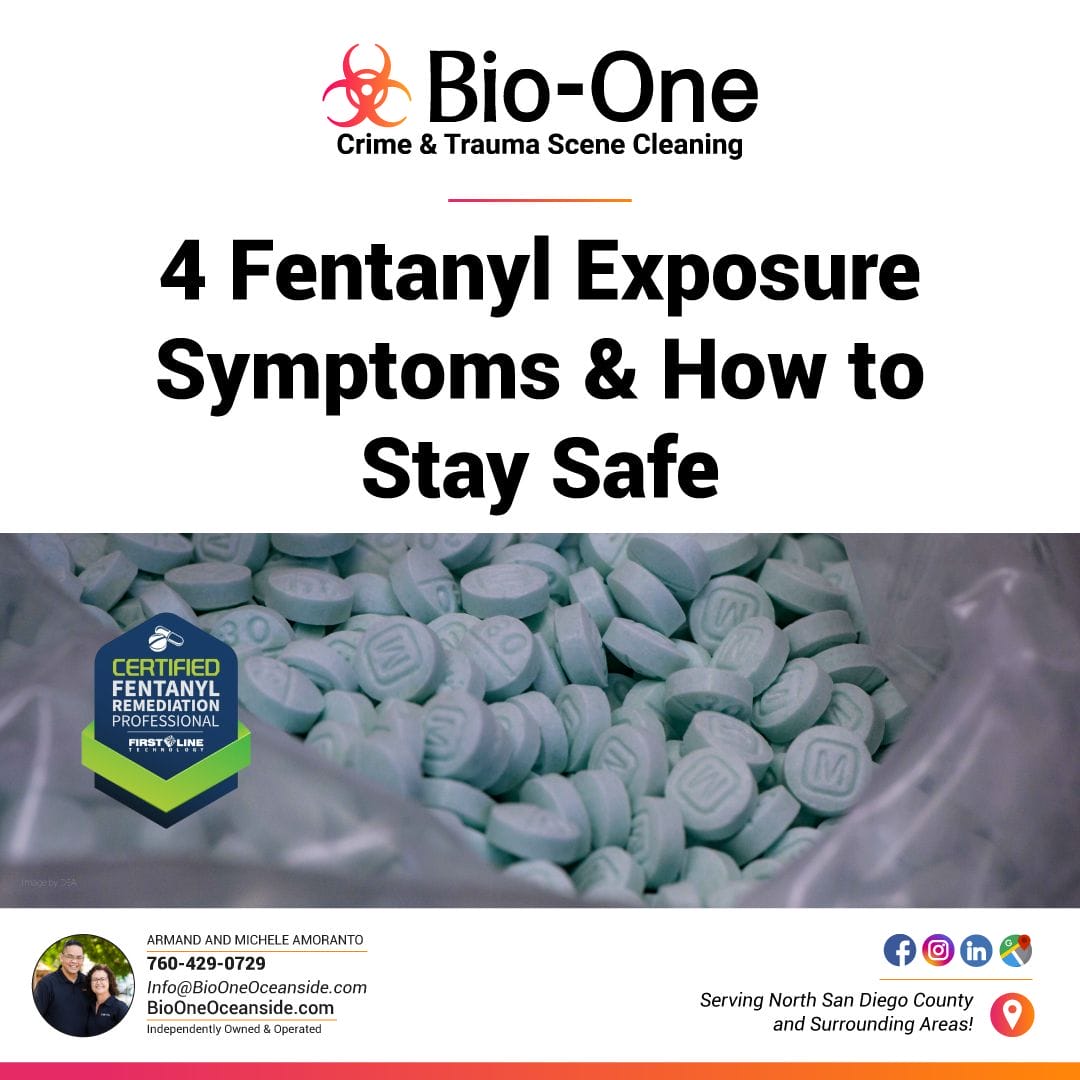
Fentanyl is a synthetic opioid commonly used for pain management. Unfortunately, it has gained popularity as an illicit drug that is illegally produced and distributed on the streets. The potency of fentanyl is one of the reasons why it is so dangerous. Even small quantities can cause severe respiratory depression, leading to accidental overdose. In this blog post, we will discuss four fentanyl exposure symptoms and how to stay safe while handling this deadly drug.
Fentanyl exposure can cause respiratory distress, meaning it can suppress the body's ability to breathe. Symptoms of this include shallow breathing, slow breathing, or even complete cessation of breathing. In some cases, fentanyl exposure can lead to respiratory arrest and death if not treated immediately.
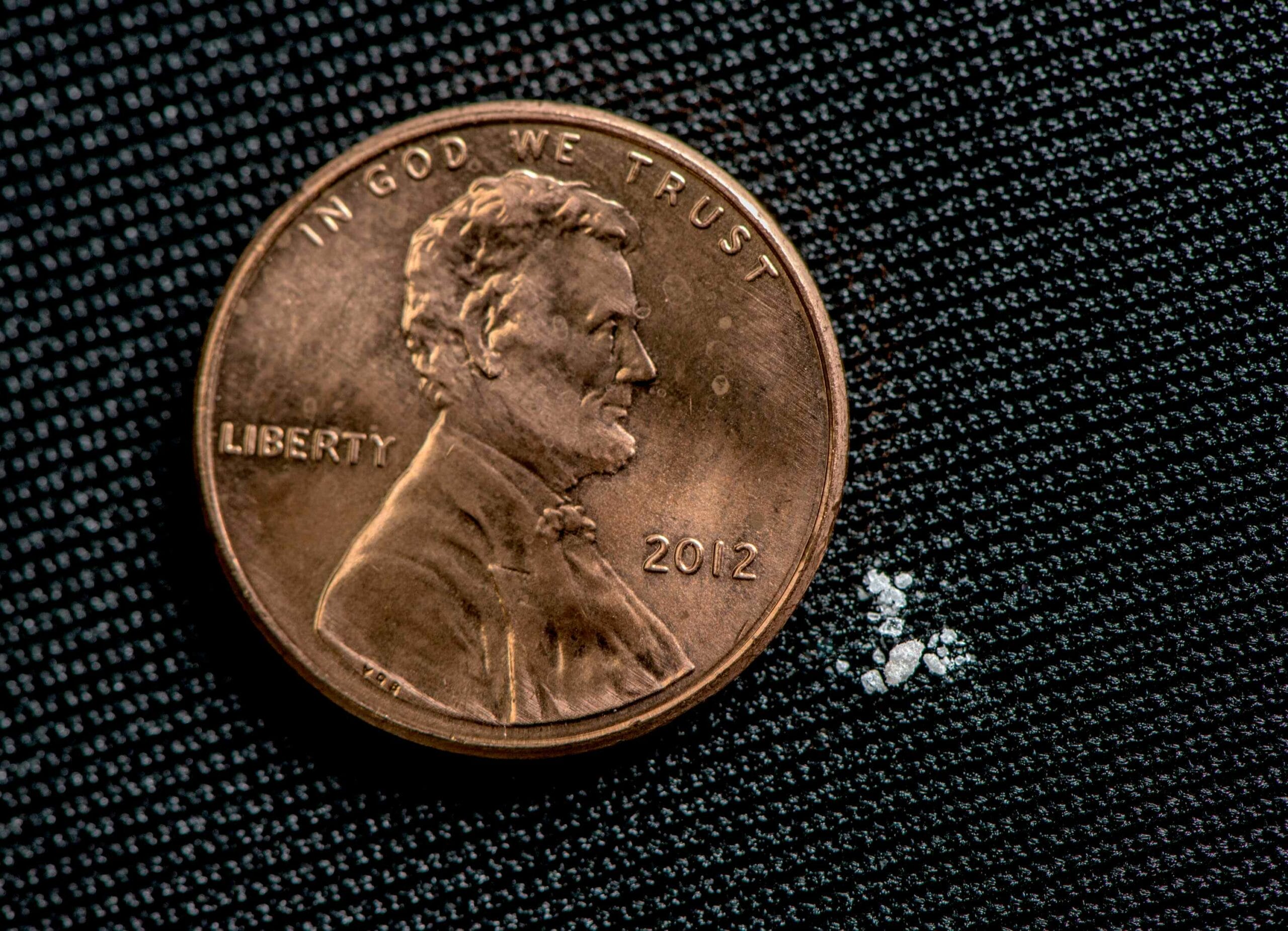
One of the most visible signs of fentanyl exposure is cyanosis, which is a bluish discoloration of the lips and nails. This occurs when there is a lack of oxygen in the blood due to respiratory distress. If you notice someone with blue lips or nails, it could be a sign of fentanyl overdose and should be treated as an emergency!
Fentanyl exposure can also lead to nausea and vomiting, which are common symptoms of opioid overdose. This occurs due to the disruption of the body's natural balance caused by fentanyl.
In severe cases of fentanyl exposure, the individual may experience stupor, which is a state of near-unconsciousness. They may also become completely unconscious and unresponsive. These are critical signs of overdose and require immediate medical attention.
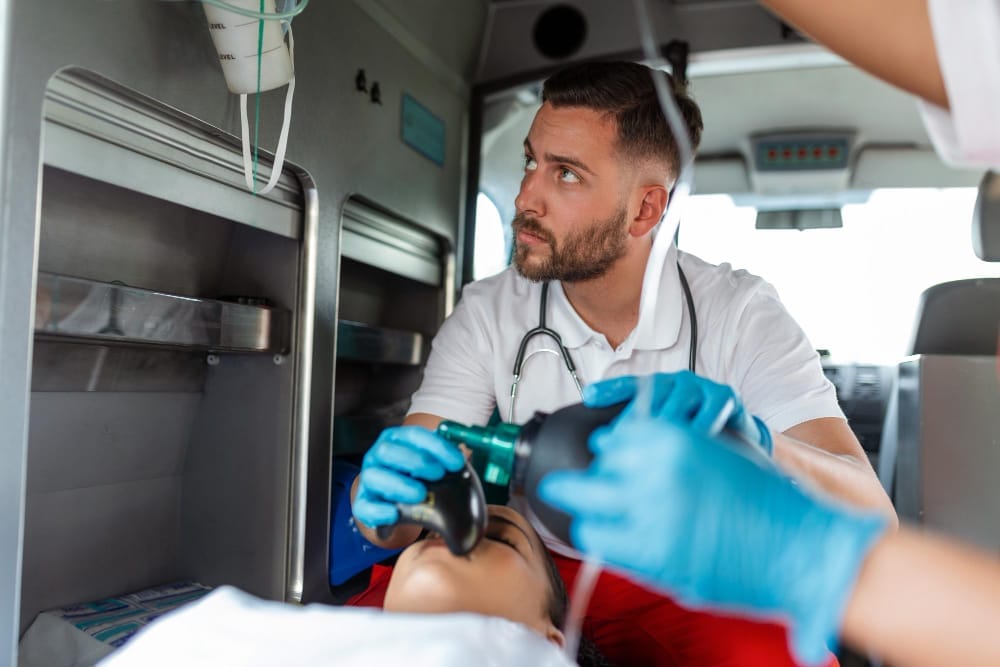
Aside from the four main symptoms discussed above, fentanyl exposure can also cause:
In extreme cases, fentanyl exposure can also cause seizures, coma, and death. If you suspect exposure to fentanyl, it is critical to call emergency services right away. Time is of the essence, and prompt medical attention can make all the difference.
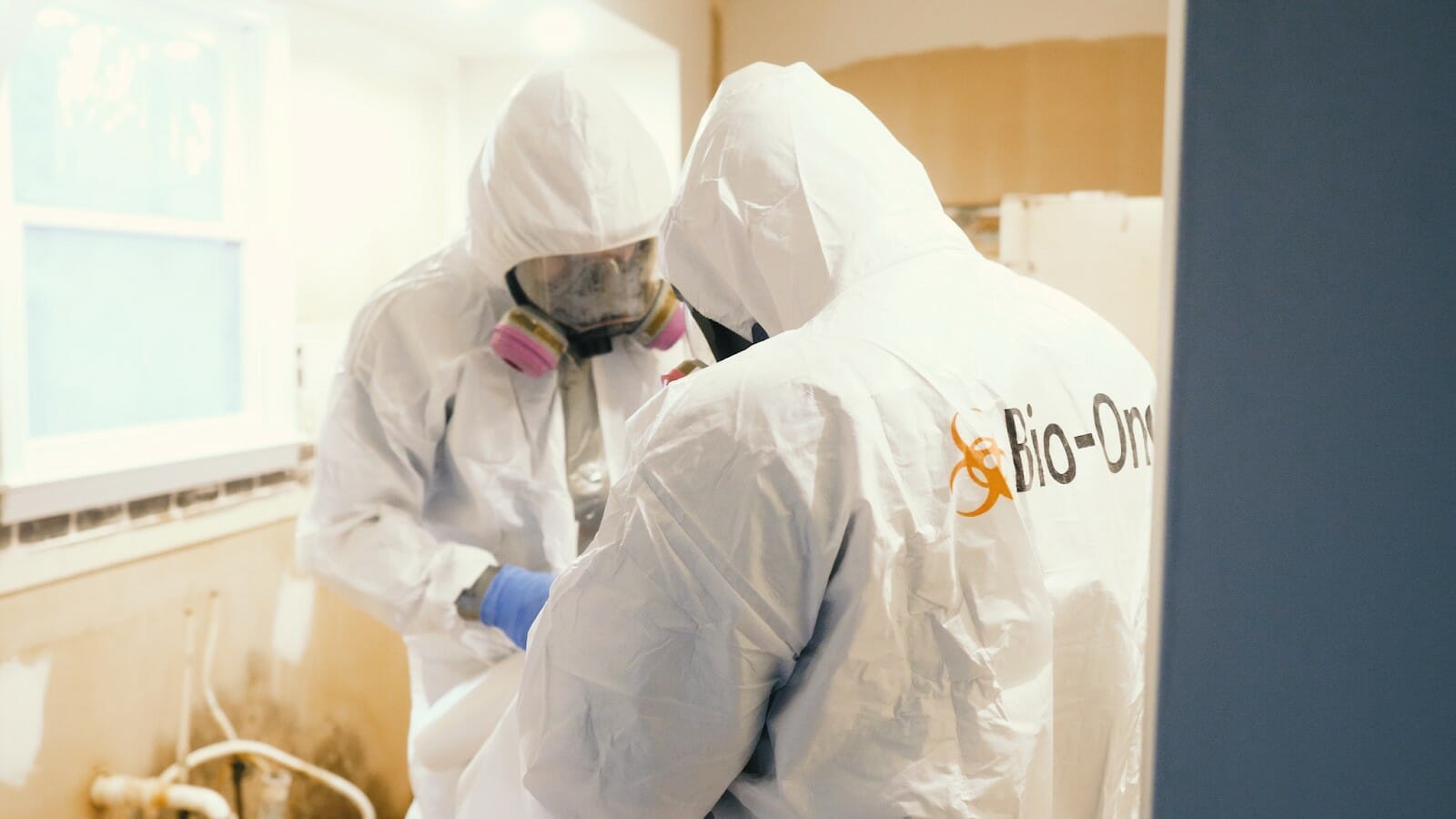
Fentanyl is a potent opioid that should be handled with extreme caution. If you are required to handle fentanyl in your job (as an emergency responder, for example) or personal life, here are some tips to keep yourself safe:
Learn more: 4-Step Plan For a Safe Fentanyl Cleanup After an Overdose
As mentioned earlier, naloxone is an opioid overdose reversal medication that can save lives in case of accidental fentanyl exposure or overdose. It works by quickly binding to the same receptors in the brain as fentanyl, blocking its effects and potentially reversing an overdose.

Naloxone comes in different forms, including nasal spray and injectable versions. In most cases, it is available over the counter without a prescription. If you know someone who may be at risk of fentanyl exposure, it is highly recommended to have naloxone on hand and learn how to use it correctly.
In conclusion, fentanyl is a dangerous drug that can have fatal effects, especially without proper safety measures. Early detection is crucial in avoiding severe outcomes. If you have been exposed to fentanyl and need professional remediation services, Bio-One of Oceanside has the expertise and tools you need to keep your surroundings safe and clean. Don't hesitate to call us for assistance. Stay safe and take care of yourself and others!